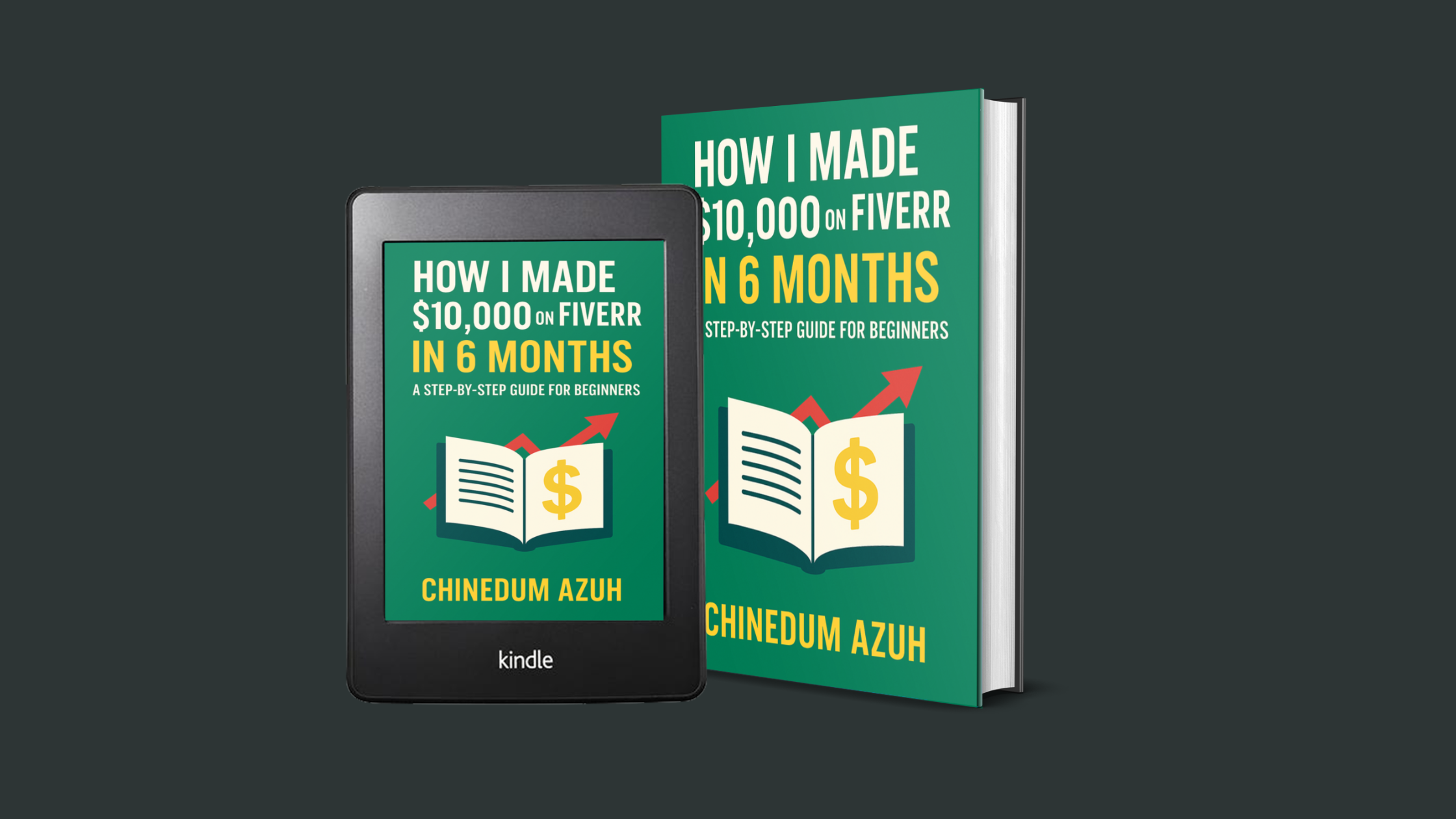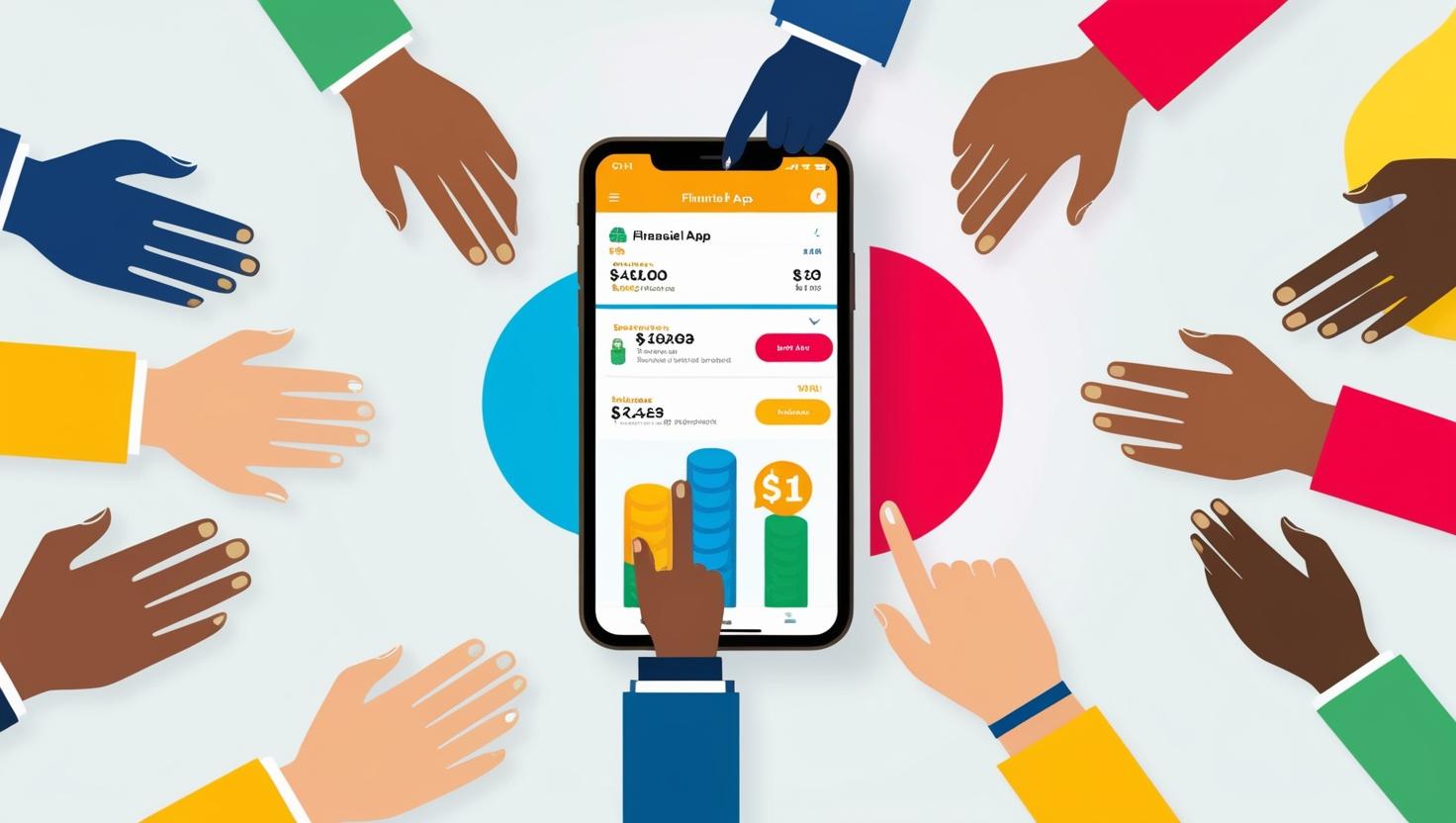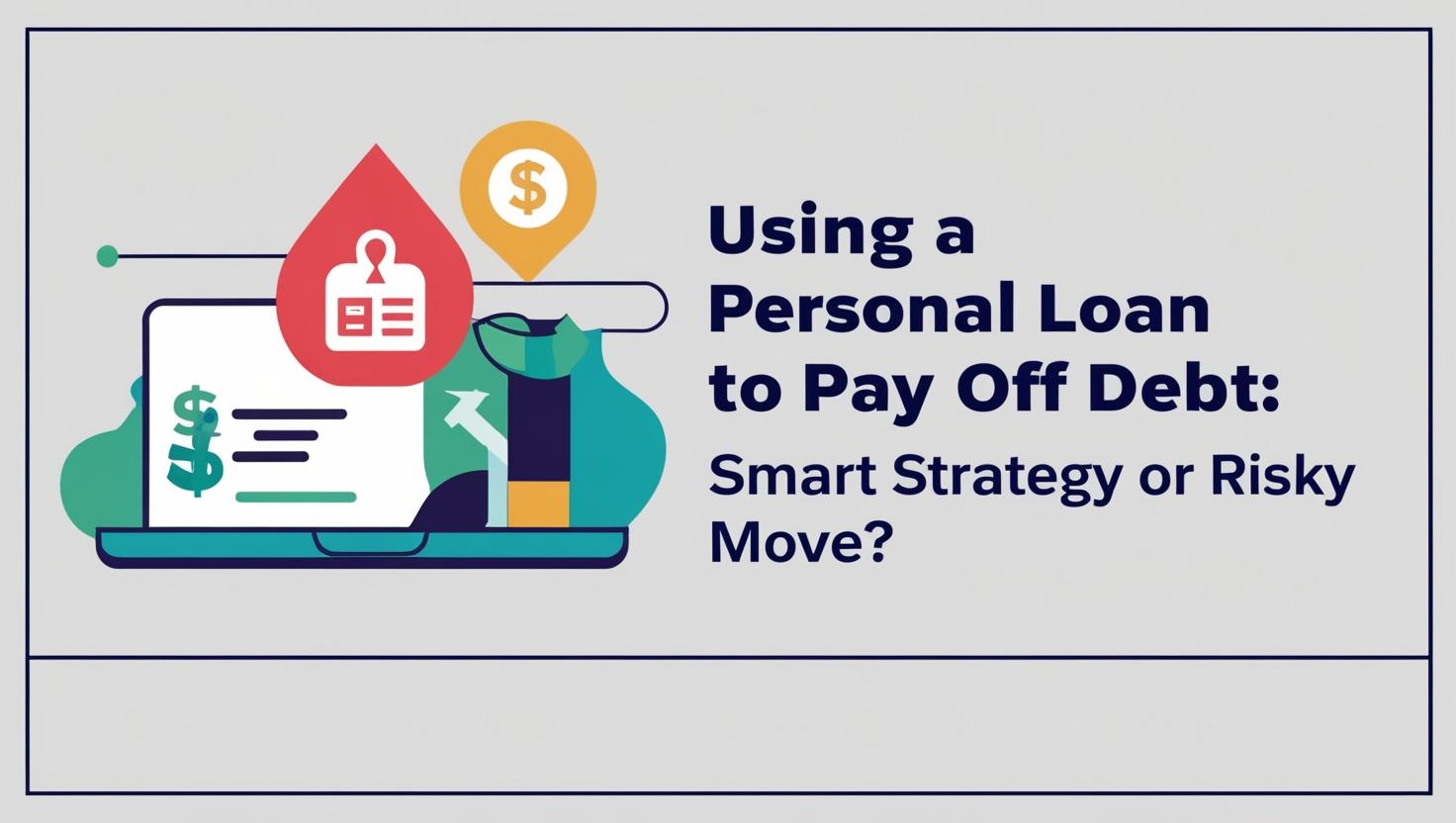In this article, you will learn effective strategies for debt reduction. You’re not alone. Many people find themselves stuck in a cycle of payments, unsure of how to break free. The good news is, there are proven strategies to help you regain control and move toward a brighter financial future.
This article is here to guide you through actionable steps that can make a real difference. Whether it’s negotiating with creditors, exploring a debt relief program, or finding ways to lower your interest rate, there’s a solution tailored to your needs. Understanding your options is the first step toward changing your financial trajectory.
By taking the right approach, you can reduce your monthly payment and save on credit costs. Let’s dive into the strategies that can help you achieve lasting financial stability.
Key Takeaways
- Explore debt relief options to reduce financial stress.
- Negotiate with creditors to lower interest rates and payments.
- Consider a debt management program for structured repayment.
- Evaluate your credit situation to identify the best plan.
- Take actionable steps to achieve long-term financial stability.
Understanding Debt Relief and Financial Challenges
Navigating financial challenges doesn’t have to be a solo journey. When bills pile up and payments feel unmanageable, it’s easy to feel stuck. But understanding your options can empower you to take control of your situation. Debt relief is one such option, offering ways to modify your financial obligations and make them more manageable.
What Is Debt Relief?
Debt relief refers to strategies designed to change the terms or amount you owe. This can include negotiating with creditors, enrolling in a debt management plan, or exploring consolidation options. The goal is to reduce your financial burden and create a path toward stability.
For example, you might work with a company to lower your interest rate or combine multiple loans into one payment. Understanding these options can help you make informed decisions about your money.
Recognizing When to Seek Help
Knowing when to seek help is crucial. If your unpaid balances exceed 50% of your income, or if you’ve been struggling for years, it might be time to consider professional assistance. Early intervention can prevent further financial strain.
- Look for signs like missed payments or maxed-out credit cards.
- Explore options like credit counseling or debt management programs.
- Be aware of potential fees and tax implications when choosing a solution.
Taking these steps can help you regain control and move toward a brighter financial future.
Exploring Debt Management Options
Taking control of your finances starts with understanding your options. Whether you’re dealing with a large amount of unpaid bills or juggling multiple credit card balances, there’s a solution that fits your needs. Let’s explore the differences between professionally managed plans and do-it-yourself strategies to help you make the best choice.

Debt Management Plans vs. DIY Solutions
A debt management plan (DMP) is a structured program offered by credit counselors. It typically lasts three to five years and focuses on unsecured debts like credit cards and personal loans. Counselors negotiate with creditors to lower interest rates or waive fees, making payments more manageable.
On the other hand, DIY solutions like the debt snowball or debt avalanche methods allow you to tackle balances independently. These strategies involve paying off smaller balances first or focusing on high-interest accounts. While DIY approaches offer flexibility, they may lack the structured support of a professional plan.
“A debt management plan can simplify your payments, but it’s important to weigh the pros and cons of each option.”
Negotiating with Creditors and Utilizing Credit Counseling
Negotiating directly with creditors can be an effective way to reduce your amount owed. Many creditors are willing to work with you to lower interest rates or settle for a smaller collection. Credit counseling services can also guide you through this process, offering expert advice tailored to your situation.
For example, a counselor might help you consolidate multiple credit card balances into one payment with a lower interest rate. This can simplify your finances and reduce the stress of managing multiple accounts.
| Option | Pros | Cons |
|---|---|---|
| Debt Management Plan | Structured support, lower interest rates | Accounts may be closed, temporary credit score drop |
| DIY Solutions | Flexibility, no fees | Requires discipline, no professional guidance |
| Debt Settlement | Reduces total amount owed | Negatively impacts credit score, potential tax implications |
| Bankruptcy | Clears most unsecured debts | Long-term credit damage, asset loss |
Understanding these options can help you decide which path is right for you. Whether you choose a professional plan or a DIY approach, taking action is the first step toward financial stability.
Effective Debt Reduction Strategies for a Stable Future
Achieving financial stability requires a clear plan and actionable steps. By exploring proven techniques, you can take control of your finances and work toward a brighter future. Let’s dive into strategies that can help you simplify payments, lower costs, and build a sustainable plan.
Consolidation and Lower Interest Rate Techniques
Consolidating your balances into one loan can simplify payments and lower interest rates. For example, a consolidation loan groups multiple debts into a single payment, often with a lower overall rate. This can save you money and make it easier to manage your finances.
Another option is transferring high-interest credit card balances to a card with a 0% introductory rate. This can give you time to pay off the balance without accruing additional interest. Always read the terms carefully to avoid unexpected fees.
Comparing Debt Settlement and Bankruptcy Options
When payments become unmanageable, you might consider debt settlement or bankruptcy. Settlement involves negotiating with creditors to pay a reduced amount. While this can lower your total owed, it may impact your credit score.
Bankruptcy, on the other hand, can clear most unsecured debts but has long-term consequences. It stays on your credit report for years and can affect future borrowing. Weigh the pros and cons carefully before choosing this path.
Building Your Personalized Debt Reduction Plan
Creating a plan tailored to your income and expenses is key to success. Start by listing all your debts, including balances and interest rates. Prioritize high-interest accounts, like credit cards, to save on costs over time.
Consider working with a credit counseling service for expert guidance. They can help you create a management plan and provide tools to track your progress. Monitoring your credit score regularly ensures you stay on track.
“A personalized plan is the foundation of financial stability. Take it one step at a time, and you’ll see progress.”
By combining these strategies, you can reduce financial stress and move toward a stable future. Whether you choose consolidation, settlement, or professional help, taking action is the first step to regaining control.
Conclusion
Taking the first step toward financial freedom can feel daunting, but it’s entirely within your reach. By understanding your options—like consolidation, professional counseling, or tailored plans—you can regain control of your finances. Credit counselors and trusted agencies can guide you through this process, helping you make informed decisions.
Weighing options such as lowering your interest rate or exploring a debt settlement company can lead to long-term stability. Building a plan that fits your unique situation is key. Remember, every small step counts.
Proactive choices and expert advice can make all the difference. Start today, and take charge of your financial future. You’ve got this!
FAQ
Q: What is debt relief?
A: Debt relief refers to strategies or programs designed to help you reduce or manage what you owe. It can include options like settlement, consolidation, or working with a credit counselor to create a manageable payment plan.
Q: When should I seek help for my financial challenges?
A: If you’re struggling to make minimum payments, facing high-interest rates, or feeling overwhelmed by your financial obligations, it’s time to seek help. Early action can prevent further damage to your credit score and financial health.
Q: What’s the difference between a debt management plan and a DIY solution?
A: A debt management plan is structured with the help of a credit counselor, who negotiates with creditors on your behalf. DIY solutions involve handling payments and negotiations yourself, which can be effective if you’re organized and disciplined.
Q: How can negotiating with creditors help?
A: Negotiating with creditors can lead to lower interest rates, waived fees, or even reduced balances. This makes it easier to pay off what you owe and can save you money in the long run.
Q: What are the benefits of credit counseling?
A: Credit counseling provides personalized advice to help you manage your finances. Counselors can assist with budgeting, creating a payment plan, and educating you on financial best practices.
Q: How does consolidation help with lowering interest rates?
A: Consolidation combines multiple debts into one loan or payment, often with a lower interest rate. This simplifies your payments and can reduce the total amount you pay over time.
Q: Should I consider debt settlement or bankruptcy?
A: Debt settlement involves negotiating to pay less than what you owe, while bankruptcy is a legal process to discharge or restructure your debts. Both have long-term impacts on your credit, so it’s important to consult a professional to determine the best option for your situation.
Q: How do I build a personalized debt reduction plan?
A: Start by assessing your income, expenses, and total debt. Then, explore options like consolidation, settlement, or a management plan. A credit counselor can help tailor a strategy that fits your financial goals.






